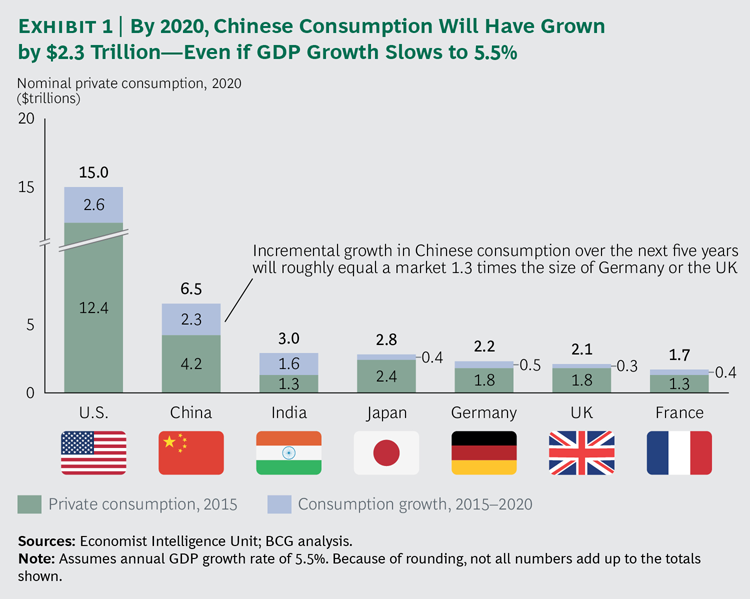When I started in e-commerce the algorithm was akin to a secret. It was immovable nor helpful but eas needed to be respected as it could hurt businesses.
Over the last 18 months, it has become clear that we are at the beginning of the end for the algorithm. Regulators are no longer satisfied with companies negatively impacting businesses, sellers, or customers. Self-regulation failed as platforms could grow revenues through the use of an algorithm without oversight, nor were there any consequences for anomalies that benefited one side of the platform partnerships.
Increasingly, European regulators are asking platforms and marketplaces for data and explanations of recommendation services or their algorithms that determine search results. What data is being used to calculate the location of listings (never mind relevance or accuracy), or how are recommendations being developed to drive additional consumer purchases? As artificial intelligence gains momentum and usage by platforms to drive personalization across various parts of the web, e-commerce, as we know, is likely ending. Bias, inaccuracy, and irrelevance can negatively impact platforms, consumers, and brands. Regulators want transparency to offer a level environment as competition intensifies in all e-commerce markets.



